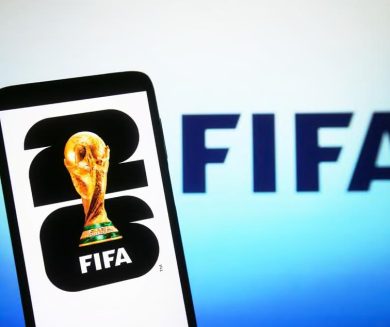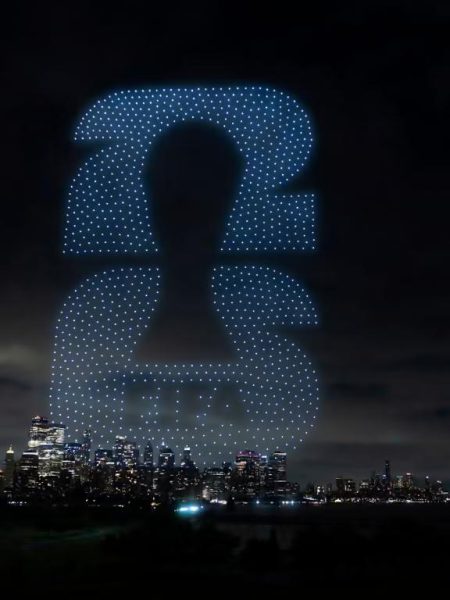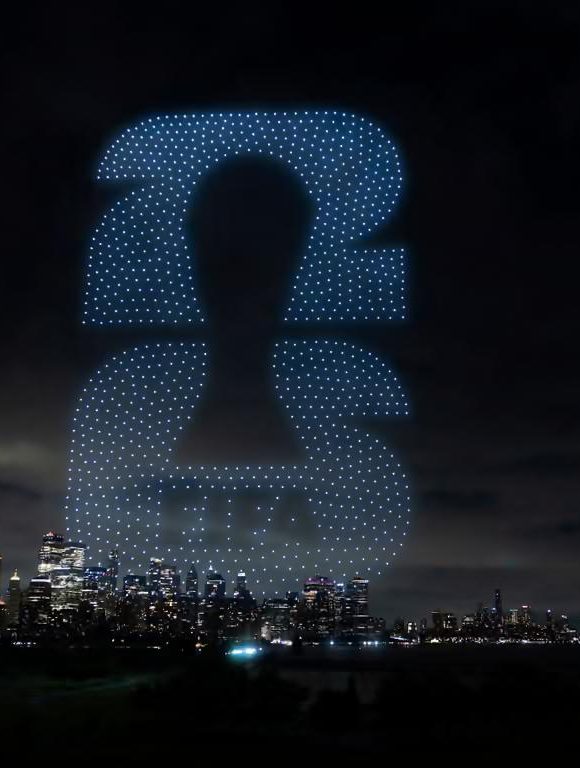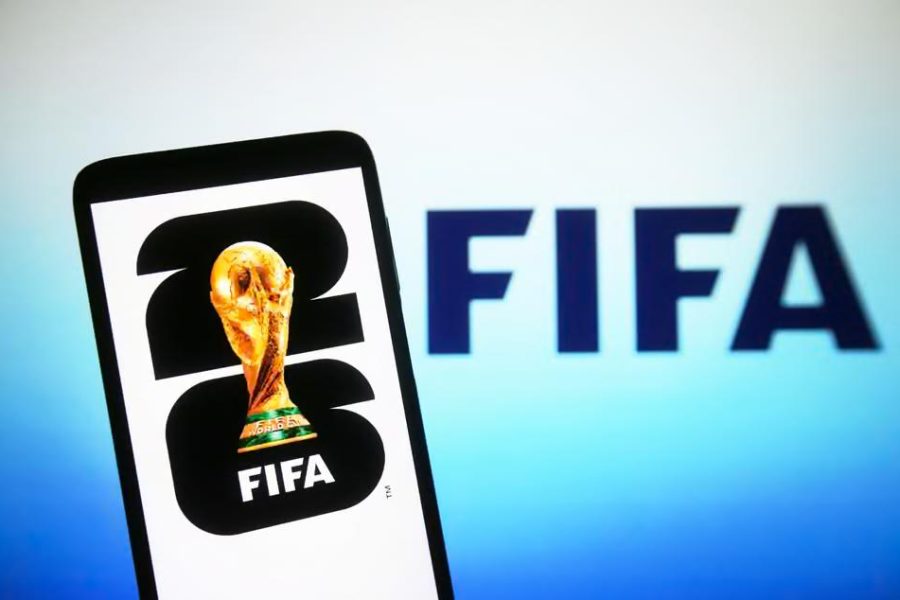07. The Face of Football is Changing: From Lance Wyman to the World Cup, a New Era in Logo Design

Football’s visual language is undergoing transformation in every aspect, from World Cup logos to club crests
One of the figures who best reflects this evolution is Lance Wyman, a master of American graphic design. The iconic “MEXICO 68” logo and comprehensive visual system he designed for the 1968 Mexico Olympics remain a benchmark in the design world, reflecting both the aesthetics of the era and the cultural richness of the host country.

Wyman approached the design process with in-depth cultural research, drawing inspiration from a visual history ranging from the colorful threadwork of the Huichol people to Aztec stone carvings. This meticulous approach transformed Mexico’s Olympic identity into a unique work of art, even being revisited in later years for the 1970 World Cup.
However, today’s World Cup logos seem to have strayed from this cultural depth. FIFA’s centralized design approach presents a “logo system” focused on concepts such as scalability and universality, while the local connection and aesthetic boldness felt in Wyman’s work give way to a more sterile and mechanical graphic language.
Wyman’s work stands out as a powerful reminder of how today’s global football identity can be represented in a more authentic, contextual, and artistic way. For the design world, this is not only a nostalgic tribute; it is also a creative call to action for the future.
07. The Face of Football is Changing: From Lance Wyman to the World Cup, a New Era in Logo Design

The 2026 World Cup logo was revealed in 2023. Photograph: SOPA Images/LightRocket/Getty Images
Football’s visual language is undergoing transformation in every aspect, from World Cup logos to club crests. One of the figures who best reflects this evolution is Lance Wyman, a master of American graphic design. The iconic “MEXICO 68” logo and comprehensive visual system he designed for the 1968 Mexico Olympics remain a benchmark in the design world, reflecting both the aesthetics of the era and the cultural richness of the host country.
Wyman approached the design process with in-depth cultural research, drawing inspiration from a visual history ranging from the colorful threadwork of the Huichol people to Aztec stone carvings. This meticulous approach transformed Mexico’s Olympic identity into a unique work of art, even being revisited in later years for the 1970 World Cup.

However, today’s World Cup logos seem to have strayed from this cultural depth. FIFA’s centralized design approach presents a “logo system” focused on concepts such as scalability and universality, while the local connection and aesthetic boldness felt in Wyman’s work give way to a more sterile and mechanical graphic language.
Wyman’s work stands out as a powerful reminder of how today’s global football identity can be represented in a more authentic, contextual, and artistic way. For the design world, this is not only a nostalgic tribute; it is also a creative call to action for the future.